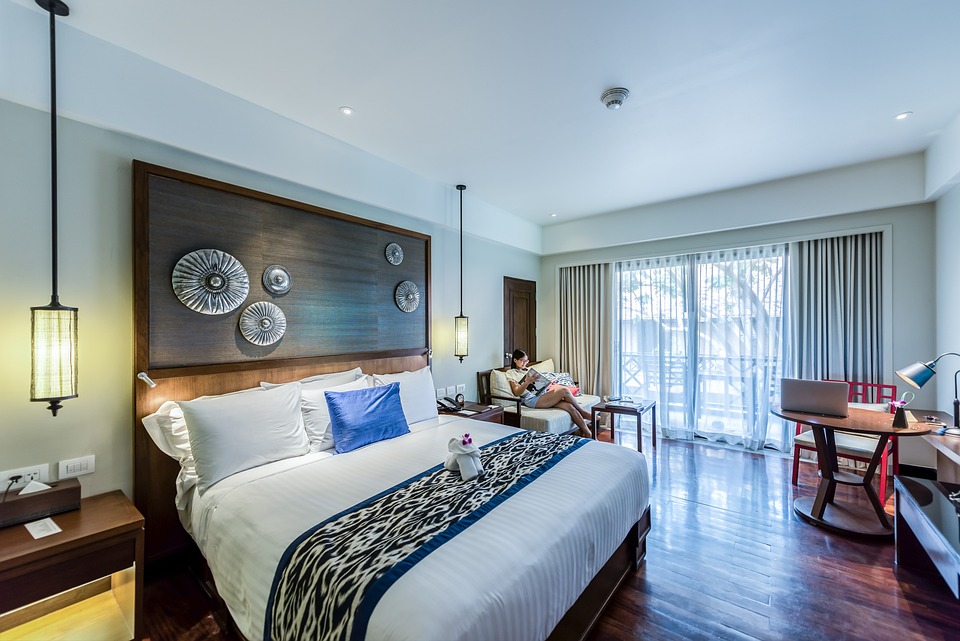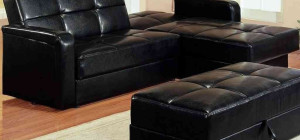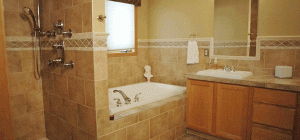The linen choice in any hotel is a core factor for determining a positive vs. negative guest experience. If the linen is luxury, high quality, clean and comfortable, the guests are far more likely to have a good experience and leave a positive review. Yet, there are so many determiners that dictate whether or not linen is of a luxury standard. Hotels need a supplier they can rely on that will bring top quality every time. The guide below looks at what to consider when choosing luxury linen for your hotel room.
Linen Companies
It is a fairly common practice amongst hoteliers to outsource linen arrangements to external companies. They bring the clean linen, and they take away the dirty items. It seems simple, and in theory it works really well. However, there are also common problems with this strategy.
Firstly, the linen delivery slot is not always reliable and therefore the housekeeping department and tasks will be delayed. When this is delayed, so will the arrival procedure for guests which can cause bad feelings and poor reviews.
Secondly, there is no way to guarantee that the linen being delivered will be clean or even correct. While some linen companies operate in excellent merit, others fall short and there is no real way to determine whether your company will be having a bad day or not. This will negatively affect your business as a knock-on effect.
Thirdly, there may be stock problems that leave you without enough linen for all of your guests. A hotel can’t realistically offer a room without fresh linen, and so you will be in a tricky predicament and ultimately lose money and reputation too.
In-House Linen Services
Alternatively, some hotels (especially ones with a smaller capacity) opt to cover their laundry service in-house to keep everything on-site and more reliable. If you are going down this route, the source linen must be completely trustworthy and of a top-tier standard. Find a company like https://givans.co.uk/ who are well-established, understand luxury, and will bring your beds up to perfect standards. By keeping your linen run close by, you might have to find room in the budget for a dedicated employee; however, you get a better peace of mind that everything is under control and available when you need it. Make sure all the following factors have been carefully considered to absolutely fine-tune the product selection.
Thread Count
Thread count is a common term used for duvet covers, sheets, and pillowcases. The rule is that the higher the thread count, the better the quality of the bedding will be. Of course, a higher thread count also means a higher price tag and it is not the only factor to determine overall quality and luxury. There are five regular options on the market that you could pick from:
- 120-170 thread count. For hotels, this should really be avoided. It is lower quality, cheaper bedding that is quite thin. You might find it on a hospital ward, for instance, but definitely not in a luxury hotel suite (or room).
- 200 thread count is a step up but still not luxury standard. They would work well for warmer climate accommodation but are still for the more budget hotel category.
- 400 thread count is the most popular choice for mainstream hotel companies. They last for a long time and are good at maintaining optimal temperatures for the guest as well.
- 600 thread count is better quality than 400 but has a higher price tag. The difference will be in the softness of the material.
- 800-1000 thread count is generally the highest and therefore the most luxurious of all the thread counts. This is for pure luxury hotel brands and boutique accommodations where the guests expect perfection and the hotel must deliver.
Fabric Choice
The thread count you pick will be boosted by a good fabric choice too. There are four primary options, some more luxurious than others when it comes to hotel linen. Other options exist, but they are not as renowned or functional.
Cotton
Cotton is the old reliable fabric for hotels around the world. Cotton works in a lot of areas. It is soft when it’s properly maintained. It is brilliant at retaining colour and generally low maintenance too. Given that hotel environments call for daily washing of bed linen, this is a definite tick in favour of cotton. Aside from the maintenance factors, cotton is really adaptable too. It suits a range of temperatures, providing warmth in the cold spells and breathability in the hot seasons. So you don’t have to necessarily switch up your linen for either season extreme, which is cost-effective.
Polycotton
Polycotton is a hybrid material that combines cotton with polyester. While the results are not quite as great as pure cotton, it is still a common choice for hotels. It is not as soft, but soft enough and it is a bit more durable than cotton so there are ups and downs. There are a few tricks to get rid of the rough feel such as combing techniques and special washing patterns.
Percale
Percale is a weave that is made to last, withstand frequent washes, and feel luxurious. It is quite low on the thread count, typically scoring around 180 so you will probably find it in budget hotels and hostels rather than the high end chains and boutique establishments.
Sateen
Finally, sateen is akin to satin but actually derives from a percale makeup. For a softer option, opt for cotton sateen which combines the best of both worlds.
Décor Consistency
Whichever material you go with, make sure it fits in with the wider theme and décor of the building. Bedding that looks out of place, regardless of how soft it is, will lose its positive impact in this context. It has to be on brand and supported by top quality duvets as well.
Linen in a hotel is arguably one of the key factors in how a guest’s stay will go. It is vital to find a durable, soft, and comforting material that suits your hotel vibe and brand.





![Are You a Secret Hoarder? [Infographic]](https://lerablog.org/wp-content/plugins/wp-thumbie/timthumb.php?src=http://lerablog.org/wp-content/uploads/2014/11/Nation-of-Clutter-IG-v21.png&w=300&h=140&zc=1)


